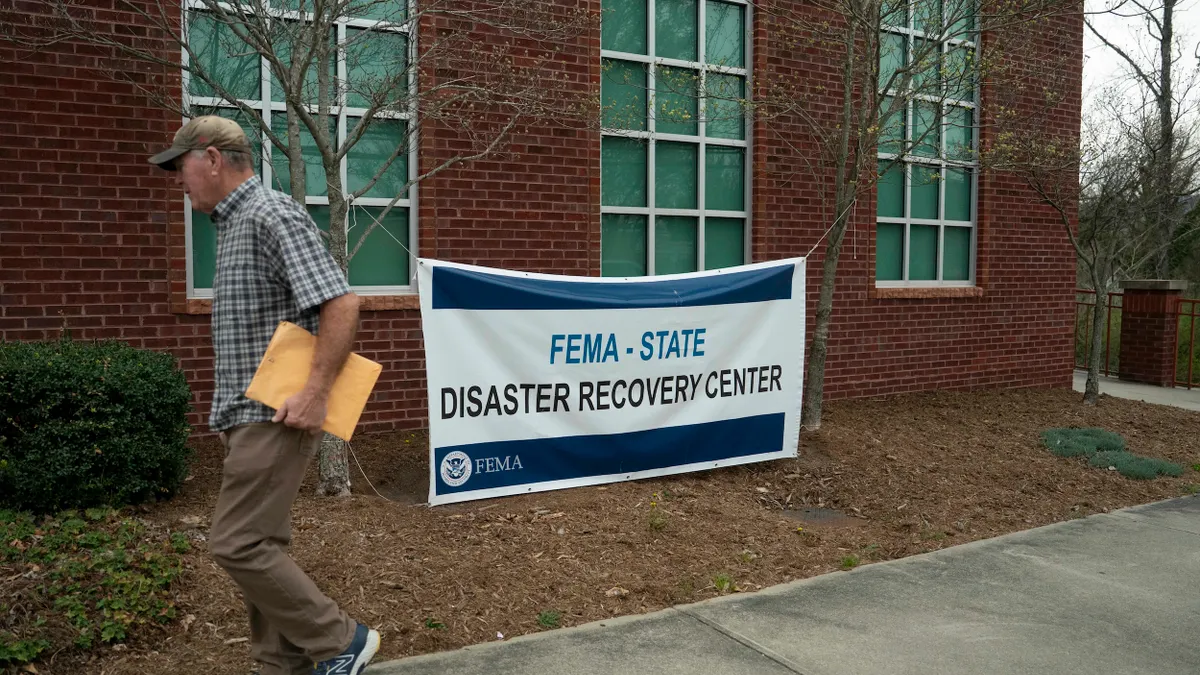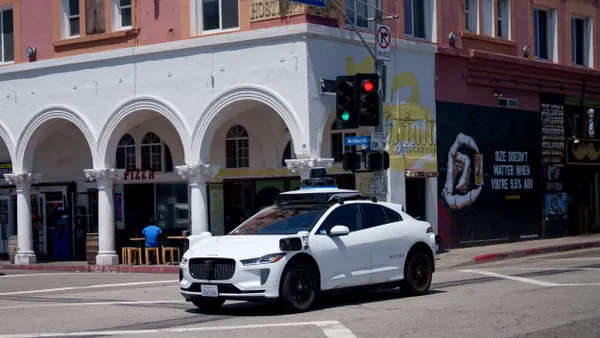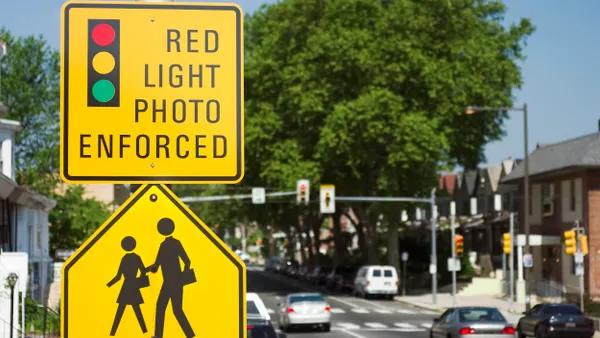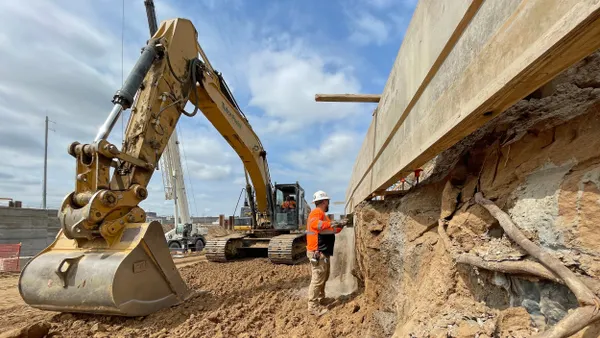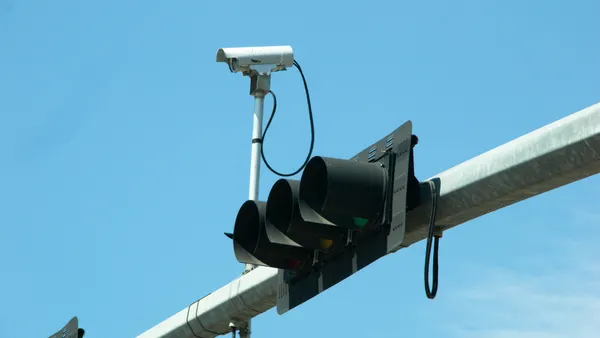Dive Brief:
- San Francisco's public transit system received low performance marks in a city sanctioned report, according to Curbed San Francisco and others. The analysis, posted on the city's website, compared San Francisco to 16 others: Baltimore; Boston; Chicago; Denver; Los Angeles; Long Beach, CA; Miami; Minneapolis; Oakland, CA; Philadelphia; Portland, OR; Sacramento, CA; San Diego; Seattle; and Washington, DC.
- Most of the San Francisco Municipal Transit Agency's (SFMTA) transportation modes ranked last or nearly last in terms of speed. For instance, SFMTA ranked last for motorbus speed, traveling 8.2 miles per hour compared with the average 11 miles per hour. SFMTA transit also breaks down more often than average; buses travel 6,600 miles before a "major vehicle failure," compared with the average of 14,000 miles.
- On the positive side, San Francisco residents use public transit far more than those in other cities when measured in annual trips per capita. It ranks number one by that metric, with its next closest competitor experiencing nearly half as many trips per capita.
Dive Insight:
Data for the analysis was gathered from a variety of sources including SFMTA, the U.S. Census American Community Survey, the National Highway Traffic Safety Administration and surveys. Similar to the national trend, buses are the most used form of public transit in San Francisco, comprising 44% of trips.
Although the data provide a view of how SFMTA has performed over a number of years, some short-term factors might affect current performance scores. For example, SFMTA reports that a driver shortage has been causing bus delays for months.
The emergence of ride-share also has had an effect, although that doesn't necessarily appear to be a short-term factor. The data analysis includes a note that the full effect of ride-share companies is still being studied, although SFMTA reports that ride-share usage as a mode of transportation grew from 1% to 4% from 2014-2017. During that time transit and other modes of sustainable transportation remained steady while personal auto use declined about 1%.
San Francisco has a goal of 80% sustainable commute trips by 2030. The city does have higher rates of commuters using sustainable transportation methods instead of personal vehicles, but some of those are modes other than transit like biking and walking.
The information about lagging performance could be a death knell for transit in other cities, but San Francisco's residents have a solid history of transit ridership which might contribute to steady ridership numbers. However, without improvements to the system, the city might have difficulty growing its transit ridership. SFMTA does have plans to replace all existing buses with battery-electric models by 2035, and it has begun replacing its train cars.




